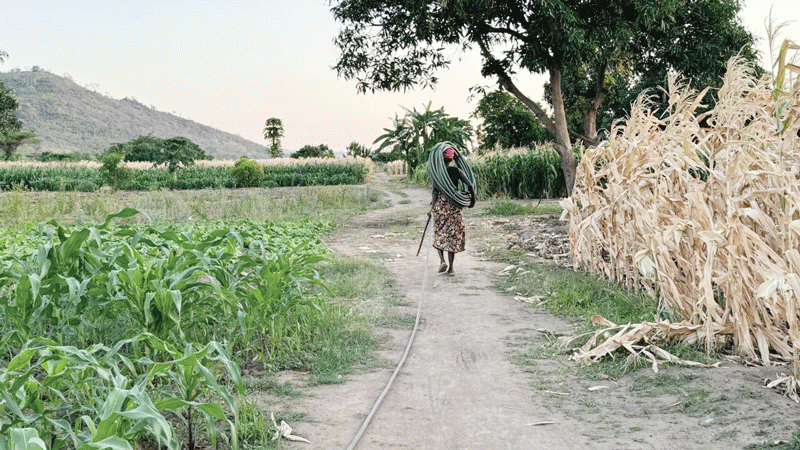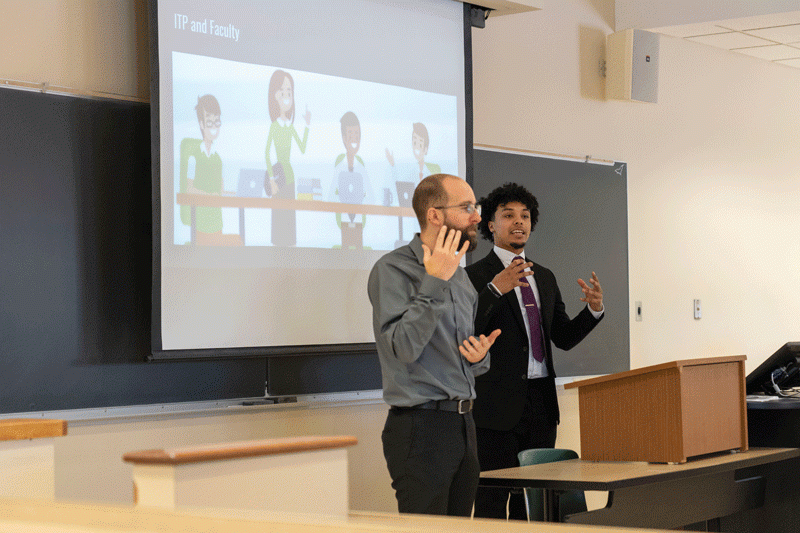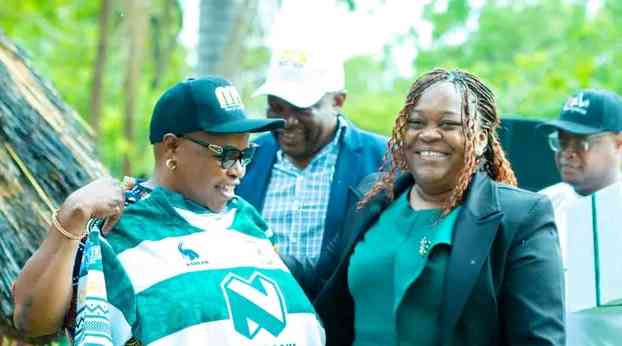
AS climate change accelerates, Zimbabwe finds itself on the frontlines of a crisis that is both environmental and socio-economic.
Increasingly erratic rainfall, prolonged droughts, heatwaves, and failing water systems have undermined food production, pushing rural households into deeper food insecurity.
For decades, national responses to these challenges have leaned heavily on modern agricultural technologies — hybrid seeds, synthetic fertilisers, and mechanised irrigation.
Yet, ironically, the solution to Zimbabwe’s future food security may lie not in new innovations alone, but in the revival and integration of what the country has always had: Indigenous Knowledge Systems (IKS).
Indigenous knowledge is not folklore, backwardness, or outdated practice. It is an accumulated body of wisdom developed over generations through observation, experimentation, and adaptation to local ecosystems.
Zimbabwean communities — especially those in drought-prone regions such as Matabeleland North and South, Masvingo, and parts of Manicaland — have historically depended on this knowledge to survive hostile climates long before the global climate crisis took shape.
As environmental shocks intensify, these time-tested systems offer practical pathways to resilience, sustainability, and food sovereignty.
One of the most powerful expressions of indigenous knowledge is seen in the preservation and cultivation of traditional seeds.
- COP26 a washout? Don’t lose hope – here’s why
- COP26 a washout? Don’t lose hope – here’s why
- Netflix is shutting down its original DVD business after 25 years
- Enriching climate change discourse with indigenous knowledge perspectives
Keep Reading
Sorghum, finger millet (rapoko), pearl millet (mhunga), cowpeas, nyimo beans, and indigenous pumpkins have sustained rural populations for centuries.
These crops are naturally suited to Zimbabwe’s ecological zones — they require less water, withstand heat, resist pests, and thrive in poor soils where maize fails.
Yet, for decades, they have been neglected due to the government’s maize-centric agricultural policies and the commercial seed industry’s dominance.
Communities that maintain seed-saving traditions have shown remarkable resilience.
Indigenous seeds can be recycled, shared, and stored without specialised equipment.
They also preserve biodiversity, ensuring that crop varieties remain genetically robust in the face of changing climate patterns.
Women, in particular, play a leading role in selecting, drying, and storing these seeds using traditional methods such as clay pots, calabashes, ash treatments, and sun-drying.
These practices maintain seed vitality without chemicals or machinery.
Reviving and expanding these indigenous seed systems — through community seed banks, local seed fairs, farmer-to-farmer exchanges, and policy support — could significantly boost national food security. Such systems decentralise control over food production, strengthen local autonomy, and reduce dependence on imported or hybrid seeds that are vulnerable to climate stress.
Zimbabwean smallholder farming has always been guided by ecological principles that modern agriculture is now rediscovering under the umbrella of “agroecology.” Indigenous farming practices such as mixed cropping, crop rotation, shifting cultivation, and organic soil enrichment were developed not only for productivity but also for environmental stewardship.
For example, intercropping sorghum with cowpeas or pumpkins provides shade, reduces moisture loss, limits soil erosion, and interrupts pest cycles.
Practices like mulching — where farmers use leaves, grass, and crop residues to cover the soil — help conserve moisture, especially in drought seasons.
Termite-friendly farming, long practised in communities like Nkayi, harnesses termites’ natural ability to break down organic matter and improve soil fertility.
Such methods reduce the need for expensive fertilisers whose prices many rural farmers can no longer afford.
In regions where rainfall is increasingly sparse, indigenous water-harvesting techniques like zunde raMambo, infiltration pits, stone lines, and rainwater trapping in small earthen dams have historically sustained communities.
These systems demonstrate that innovation is not always technological; sometimes, it is ecological and cultural.
Long before meteorological stations existed, Zimbabwean communities used natural indicators to predict seasonal changes.
The flowering patterns of musasa trees, the behaviour of certain birds, wind direction, and the timing of insect swarms were all used as early warning signs for the onset of rains or droughts.
While these indicators are less predictable today due to global climatic disruptions, many of them remain valuable complements to modern climate forecasting.
Integrating local knowledge with scientific weather information can strengthen community preparedness.
When farmers trust both systems, they make better planting decisions, reduce input losses, and avoid the heartbreak of early-season crop failure.
Indigenous knowledge is not purely technical — it is embedded in cultural rituals, spiritual beliefs, and communal systems that shape how people interact with land.
Practices like nhimbe/ilima — collective labour — promote cooperation, labour sharing, and communal resilience. Zunde raMambo, where communities grow crops collectively under traditional leadership, not only strengthens food security for vulnerable groups but preserves social cohesion and mutual support.
In a climate-stressed society, such collective practices are critical.
They reinforce the idea that food security is not merely a household issue but a community responsibility.
Despite its proven effectiveness, indigenous knowledge remains poorly integrated into national agricultural policy.
Extension services often promote modern techniques while treating local wisdom as inferior or unscientific.
The education system reinforces this bias, leaving young farmers less aware of their heritage and more dependent on external solutions.
This undervaluation is dangerous. Climate change requires diversified strategies, not singular approaches.
Supporting IKS does not mean rejecting science; it means recognising that localised solutions are sometimes more effective, affordable, and sustainable than imported technologies.
Zimbabwe’s path to food security lies in merging indigenous knowledge with modern science.
A hybrid approach — where drought-resistant traditional seeds coexist with scientific breeding, and where rainwater harvesting aligns with modern irrigation techniques — can offer the resilience needed for the uncertain future ahead.
The country must invest in research on indigenous crops, integrate traditional practices into the school curriculum, fund community seed banks, and train agricultural extension workers to value farmers’ knowledge.
Most importantly, farmers must be placed at the centre of policy discussions; their wisdom is not the past — it is the foundation for a climate-resilient future
As climate change reshapes Zimbabwe’s agricultural landscape, indigenous knowledge systems offer a grounded, culturally embedded, and ecologically sound pathway to food security.
The solutions we seek are not distant — they already exist in our communities, our traditions, and our heritage.
To ignore them is to abandon a powerful tool for survival.
To embrace them is to secure a future where Zimbabwe can feed itself despite the storms of climate change.
*Gary Gerald Mtombeni is a journalist based in Harare. He writes here in his personal capacity. For feedback Email [email protected]/ call — +263778861608










